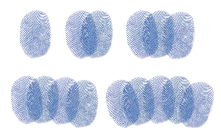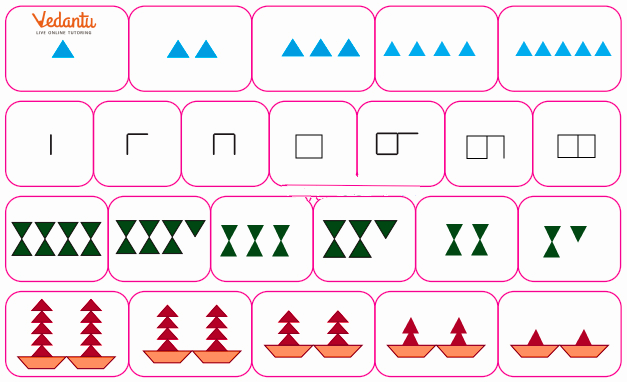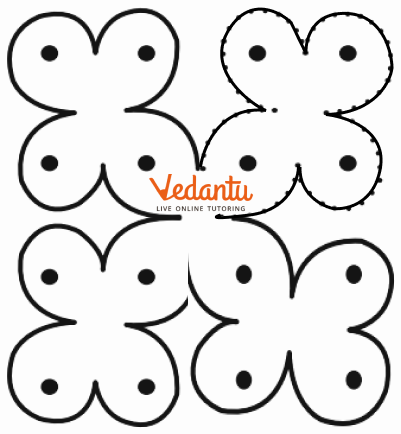Utsav - Exercise-wise Questions and Answers For Class 1 Maths - Free PDF Download
FAQs on NCERT Solutions For Class 1 Maths Chapter 9 Utsav - 2025-26
1. What is the main focus of Chapter 9 - "Utsav (Patterns)?"
This chapter introduces students to the concept of patterns. They will learn to identify, create, and extend different patterns using shapes, colours, and objects.
2. How do NCERT Solutions help with learning patterns from Class 1 Maths chapter 9?
The solutions provide clear examples and step-by-step instructions that make it easy for students to understand how patterns work. This helps them practise and apply the concept.
3. What types of patterns are covered in this chapter?
Students will explore a variety of patterns, including repeating patterns, growing patterns, and patterns made with shapes, colours, and everyday objects.
4. How do the solutions make learning patterns fun in Maths Class 1?
The solutions include engaging activities and colourful examples that make learning about patterns enjoyable. These activities help students stay interested and motivated.
5. Can these solutions help students practise patterns?
Yes, the solutions offer plenty of practice exercises that help students identify and create patterns. This practice reinforces their understanding of the concept.
6. What skills do students develop from learning patterns?
Students develop important skills like observation, critical thinking, and problem-solving as they learn to identify and extend patterns in different contexts.
7. Are the solutions aligned with the CBSE Class 1 Maths syllabus?
Yes, the NCERT Solutions are fully aligned with the CBSE Class 1 Maths syllabus, ensuring that all the important concepts in the chapter are covered.
8. How can these solutions help with future maths learning?
By fully understanding the patterns, students build a strong foundation in maths. Understanding patterns is essential for learning more advanced topics like sequences and algebra.
9. What kinds of activities are included in the solutions?
The solutions include fun and interactive activities like drawing and extending patterns, which help students apply what they have learned in a hands-on way.
10. How do the solutions help with understanding complex patterns?
The solutions break down complex patterns into simple steps, making it easier for students to understand how patterns are formed and extended.
11. Are there examples of patterns using everyday objects?
Yes, the solutions use examples from everyday life, like patterns found in nature, clothing, and toys, to help students relate to the concept of patterns.
12. How do the solutions encourage creative thinking?
The solutions encourage students to create their patterns, which helps them think creatively and use their imagination while learning about maths.






























